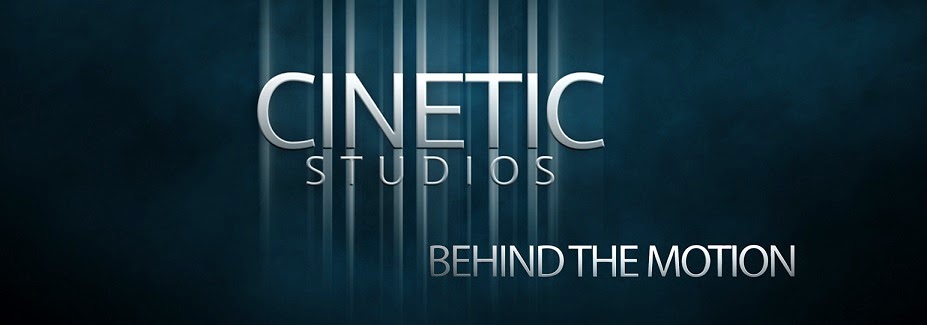In the last decade, the ticket of entry into the world of independent filmmaking was demolished as high quality cameras and equipment became available to any high school student with an imagination, a story to tell, and a few hundred dollars. It was a glorious time to be fascinated by filmmaking; it was filled with light sabers, crappy green screens, boom mics on brooms, and makeshift Steadicams made out of tripods weighted with duct tape rolls. These great memories can be found on our YouTube channel.
As cheap cameras started recording higher quality video while getting smaller and lighter (to the point where they can be built into our cell phones), we gain one huge downside: unintended camera shake. The unintended camera shake started as a physical downside to an evolution in video technology; as electronics get smaller and lighter, its harder to hold them steady. One solution to this problem is quite simple: add more weight.
Well, if it were that simple, there wouldn't be an entire industry dedicated to camera stabilization. Stabilization for a little DSLR camera is about adding weight to bulk it back up. Adding weight allows us to treat it like a heavy "cinema" camera. For a Glidecam\Stedicam Merlin style device, I learned it was about precisely countering the weight if you wanted a "floaty" style feel rather than just adding weight.
In case you are making the transition from the classic DIY glidecam to a Glidecam 2000/4000, I would recommend the following video to learn how to balance your new good friend.
In Part II of "My Good Friend, The Glidecam", I will give you a list of tips I have learned from my last year with my good friend.
-Posted by Jason


I scored a never used Glidecam 4000 Pro for only $250!!
ReplyDeleteAnd yes, using a stand makes balancing much easier and more accurate.
Great deal! Getting quality equipment used or second hand is a great way to build up your gear collection. Using a stand certainly helps balancing, but when you are on a shoot, "on the go", it will really pay to have practiced balancing \ adjusting on the fly. Trying using a flat surface, pick it straight up, see how it leans, adjust and repeat. Thanks for reading!
Delete